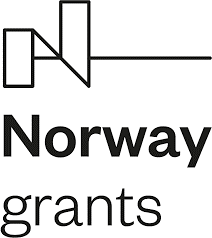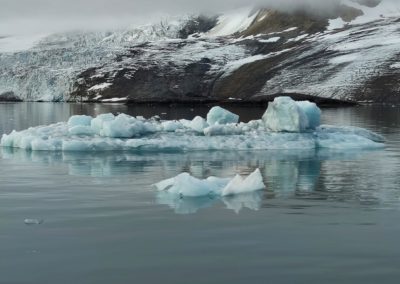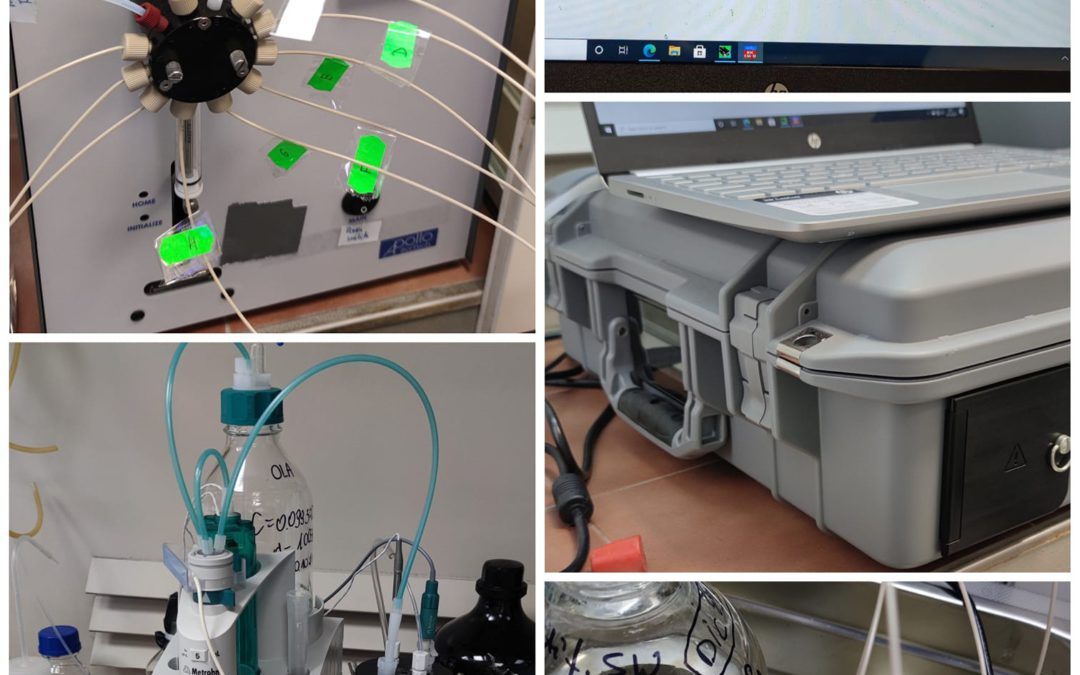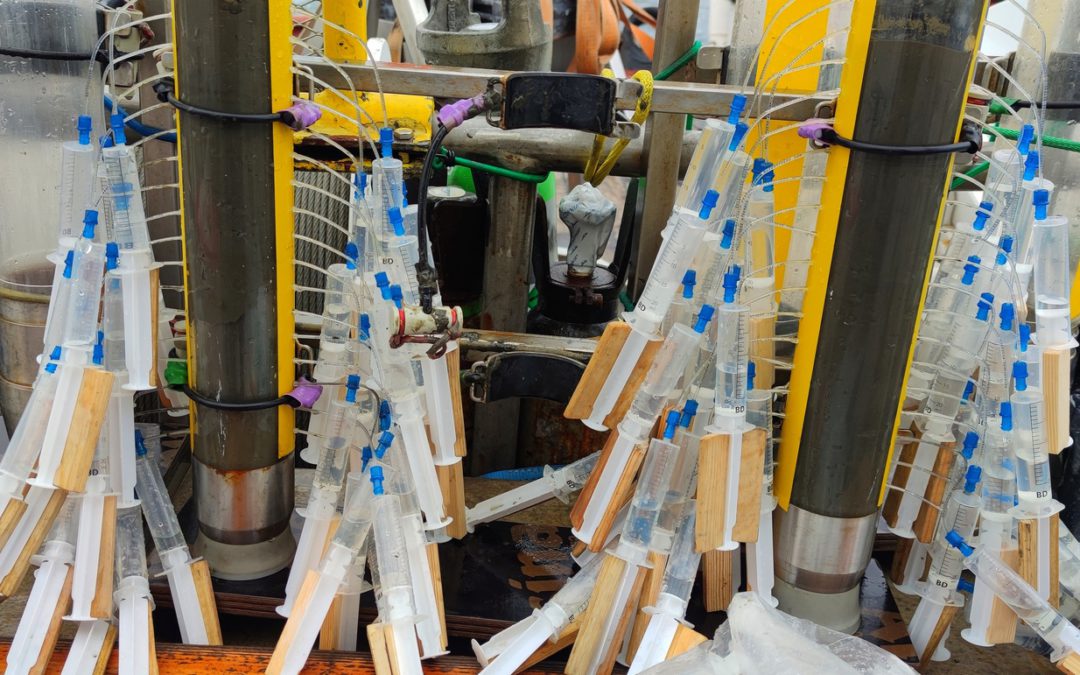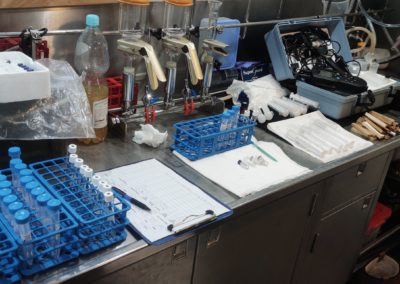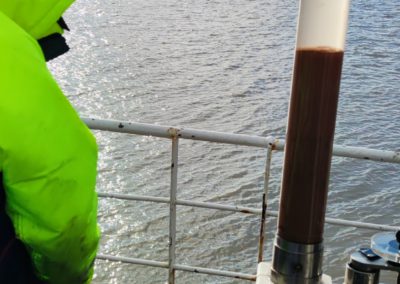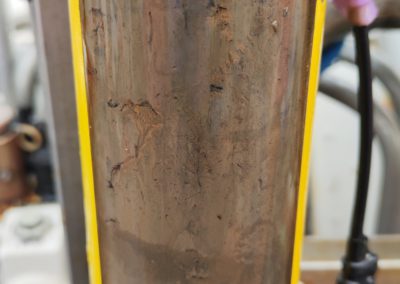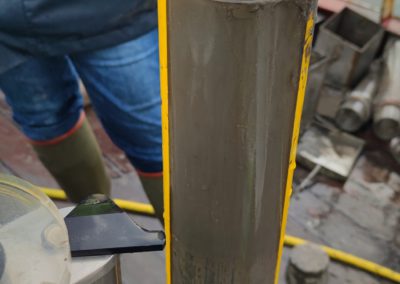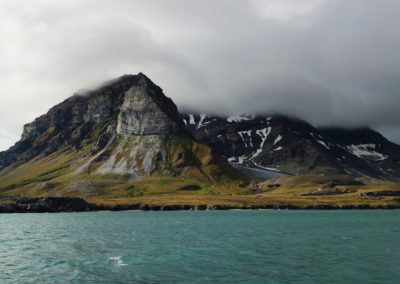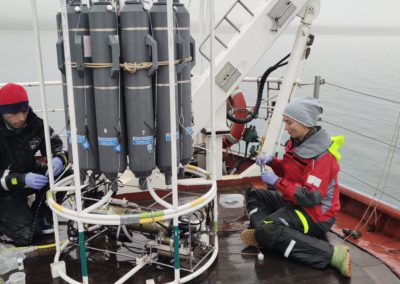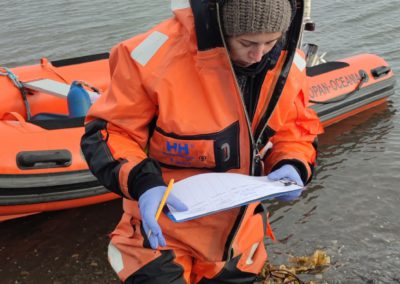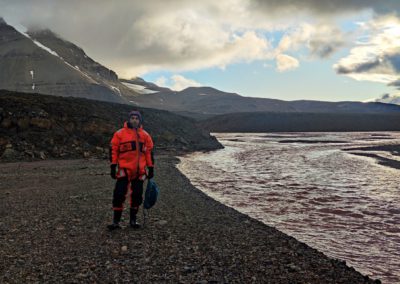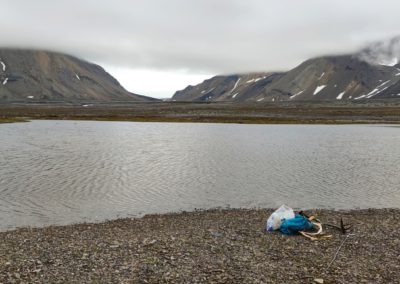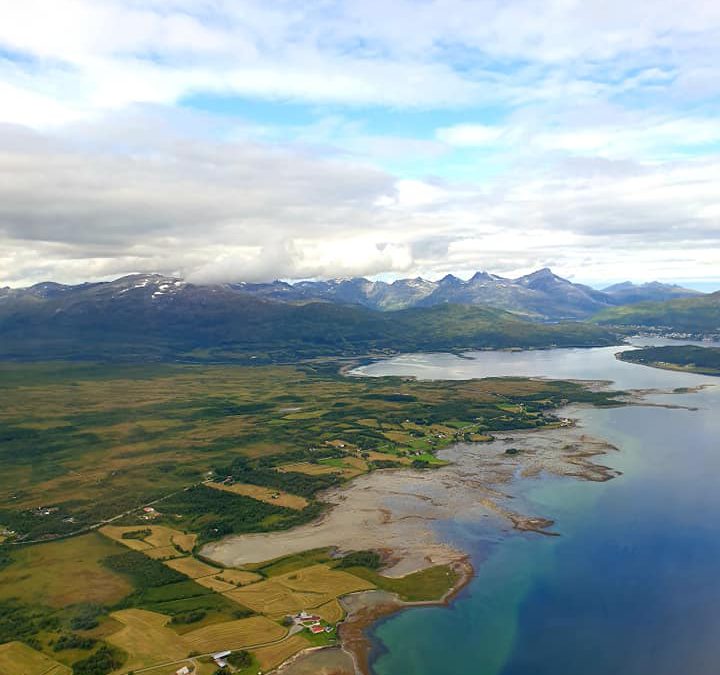
Study area (Arex’21)
Study area (Arex’21)
The study areas were located in the Kongsfjord – Krossfjord, Isfjorden and Norwegian Fjords. Our research contribute to fulfill existing gaps in the knowledge in the Arctic hydrology. We have tremendous problem due lack of enough information about the at least basic water cycle mechanism, budget and discharge. Moreover, the ongoing climatic changes are visible to the naked eye and have significant impact on these processes. We can compare photos observed during Arex’21 cruise and photo of Kongsfjord taken by S. Gerland from publication Svendsen et al. 2002 (Svendsen, Harald, et al. “The physical environment of Kongsfjorden–Krossfjorden, an Arctic fjord system in Svalbard.” Polar research 21.1 (2002): 133-166.). We would like to kindly invite you to watch videos and photos taken and prepared by PhD student Reza Saghravani
